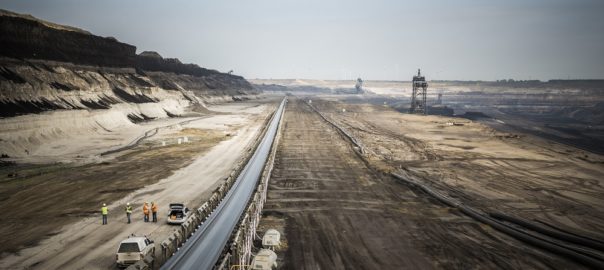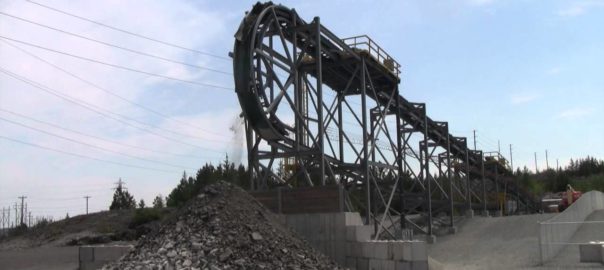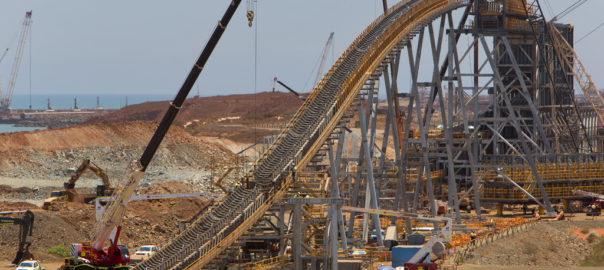Voith Turbo, a specialist in intelligent drive solutions, systems and services, has released BeltGenius ERIC (Efficiency and Reliability Intelligent Control), a product allowing operators to test out how efficient their conveyor belt systems are.
The system analyses a range of continuous data from conveyor belts – including belt speed, belt tension, effective motor power for all drive motors, and temperature – to potentially allow operators to increase the productivity of their system, while also lowering energy consumption and CO2 emissions.
These parameters are then transmitted to a server at Voith, where a a digital twin of the system exists. All relevant information about the conveyor is stored here, such as belt length, belt width, the diameter of the carrying rollers, drive pulleys, return pulleys, the configuration of the transfer stations, the topography, and the trough angles.
Using this information, ERIC determines a “normalised efficiency value referenced to the energy consumption for horizontal material transport, known as the Energy Performance Indicator (EnPI)”, Voith said.
“This indicator allows the operator to see at a glance just how efficiently the particular belt conveyor is currently operating.”
The data is visualised on the client’s individual user interface, in the form of an online dashboard.
The normalisation makes it possible for the mine operator to easily compare all existing systems in terms of energy performance, according to the company.
Voith also offers the option of equipping individual belt segments with radio-frequency identificaion (RFID) chips. Less-efficient belts and system sections are easier to identify, and if necessary replace, by means of the interaction between the digital twin and the RFID.
“Thanks to its transparent display, BeltGenius ERIC provides a straightforward way to reduce energy consumption, and thus the operating costs, of mine operation,” Voith said.
At the same time, the digital twin compares the installed power to the energy actually being used. This allows the operator to identify power reserves, ensuring the existing capacities of the belt conveyor system are put to optimum use without jeopardising the safety of the system.
In the event of any significant deviation in the EnPI, BeltGenius ERIC sends a direct message to the operator. The operator, together with Voith, can then take action to prevent potential damage.
The system conforms to ISO 500001 and allows operators to achieve compliance with the latest global standards. The company said it has provided for the immediate future by linking into a comprehensive infrastructure for the monitoring of belt conveyor systems.








